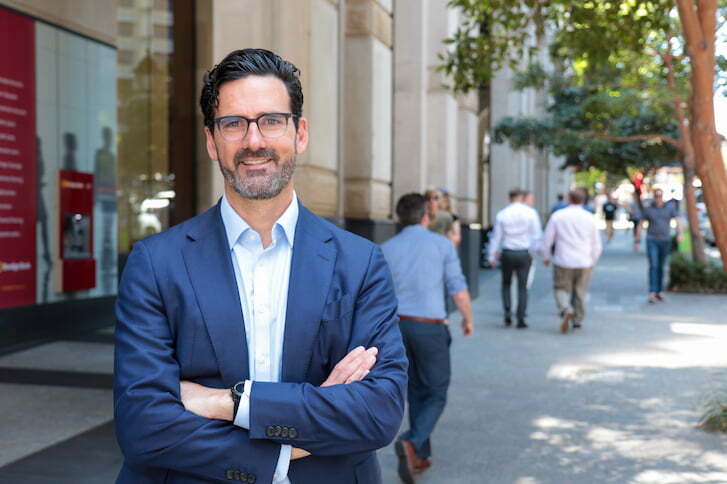Defibrillators should be as common in workplaces as fire extinguishers because they will save more lives, says St John Ambulance CEO Michelle Fyfe.
_1.jpg&hash=6a2e04b3f813f9bf4aee97c606af1fd40a4666b1efad1d2ae241ce722fcd8482)
“It’s unheard of to have such a huge increase in a 12-month period. It is just small incremental changes and central to that is access to defibrillation,” Fyfe says.
The former WA Police assistant commissioner, who switched careers last year after 34 years with the WA Police Force, says raising awareness with businesses to ensure they have Automated External Defibrillators (AED) is just one of the changes.
In 2016, the organisation sought to increase the survival rate by five survivors per year by making small improvements across a wide number of areas, with last year’s increase far exceeding the goal.
Fyfe is now driving the change, not only in her organisation but across the state because cardiac arrest is one of Australia’s biggest killers, claiming 30,000 lives a year.
“My awareness has most definitely been heightened based upon what I now see,” she says, indicating that rate could be reduced by about 8000 if AEDs were used.
“You must have a certain number of fire extinguishers depending on how many people you have working there and other factors, so in Australia last year there were very few deaths as a result of a structural fire but about 30,000 people died of a cardiac arrest,” she says.
“A cardiac arrest can happen anywhere and 70 per cent of them happen in the home, they can happen at any time. There are two things that will help save your life, CPR as quick as possible and a defibrillator.
“On average it takes an ambulance nine minutes to get to you so if you don’t have that bystander CPR and defibrillation, by the time my paramedics get to you your chances of survival are around 10 per cent if not less.”
Fyfe believes defibs should be mandatory in workplaces because if defibrillation happens within the first three to four minutes, survival chances increase by up to 70 per cent.
“I think it is only when it touches you that you realise the lifesaving benefit. I am very lucky because I get to see and hear amazing stories of survival every day,” she says.
“The average business owner doesn’t get to see or hear that but if they think about it they will have been touched by someone who has survived or could have, and I hate for it to be the ‘could have’.
“So it is one of the most important pieces of equipment you can have in your office space. It is not just for if you are at a sporting event and under physical exertion and I personally have one in my home.”
Fyfe also recommends the First Responder app, where anyone can register – whether they have first aid or not – as able to respond to an incident within 500 metres, as well as access a map of registered defibs that are nearby.
“We also encourage businesses if you have one (AED) that you mount it on the outside of the building,” she says.
“Ours is mounted outside in a locked box and if someone needs it at 7pm tonight when our building is closed, you can go to that lock box, dial 000, tell them your location and they will say ‘here is the code’. Open it up and there is the defib and they will talk you through using it.
“We encourage anyone, and we don’t care where you bought your AED, to load it and log it on our app.
Fyfe says defibs are easy to use and all instructions are provided.
“If the person can’t be shocked, the machine won’t do it. They are failsafe. People worry that they are going to do more harm but if someone is unconscious, not breathing and their heart is not beating they are, for all intents and purposes, dead. You can’t do more harm than that.”
St John Ambulance, a proud CCIWA Member, has an EOFY sale on defibrillators, visit here.
► CCIWA’s OHS consultants can help manage your workplace health and safety. For information about training, workplace inspections and audits, contact (08) 9365 7415 or [email protected].












